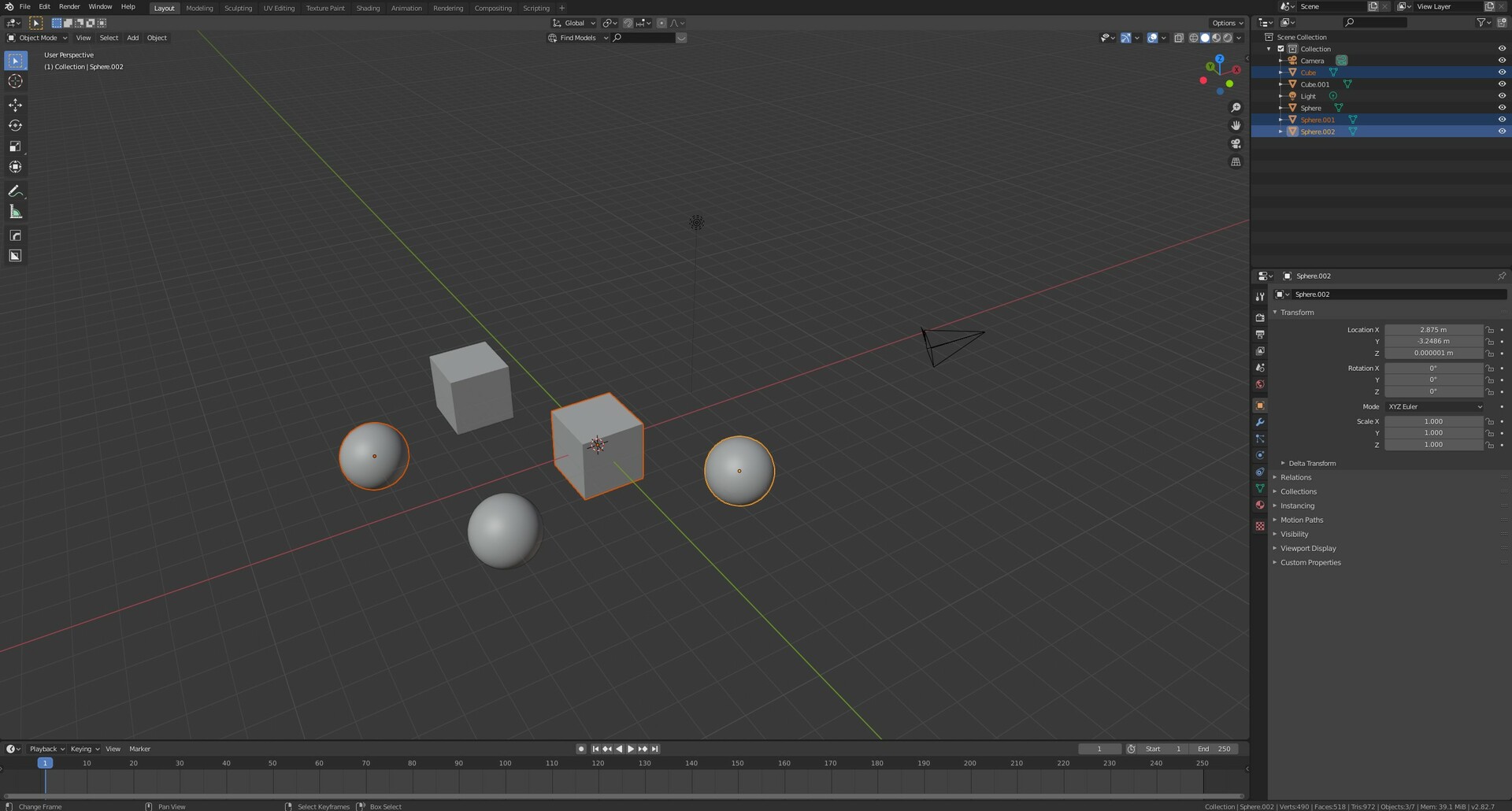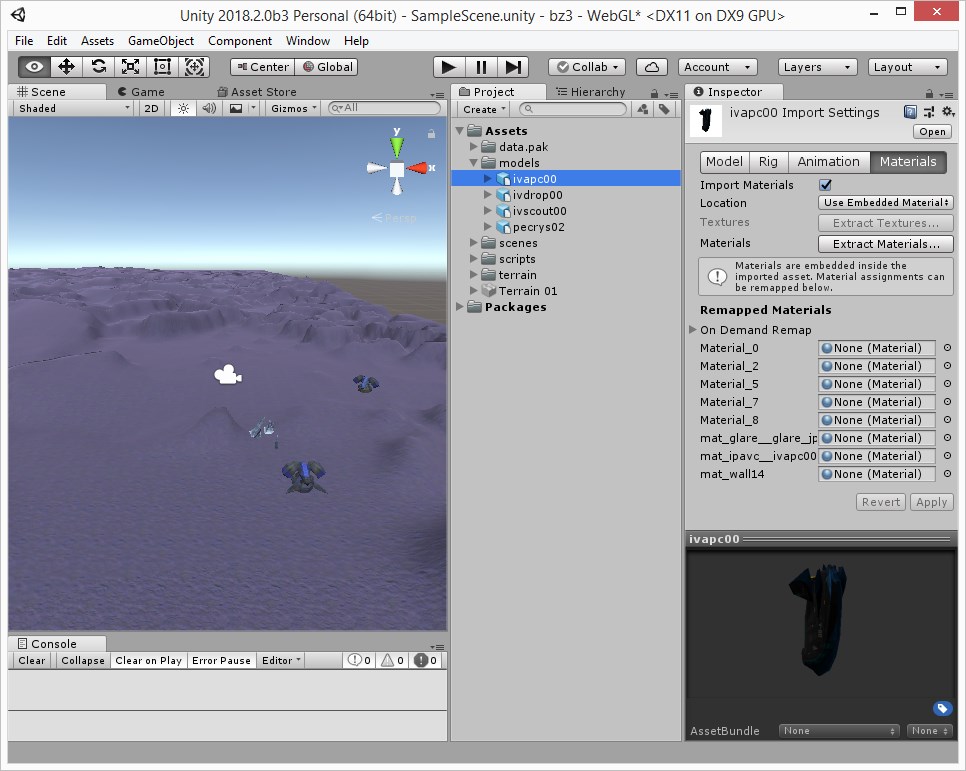

I believe Maya imports them through the Mesh->Diffuse channel also, as it won't import the materials.

They may be accessible through the layers, but I don't know how yet. FBX and view the ascii key data - there will be hundreds of keys, rather than 1 or 2 as expected.Ĥ) Materials don't export via the FbxMesh->Diffuse material channel. To test this: Create a cube, stick a bone in it, weight the cube 1.0 for the bone, and create one key (move the bone upwards). There is a little button to remove redundant keys in the animation viewer, but it doesn't change the output. This adds a lot of bloat to the file, and also makes it more difficult to reduce the keys in the importing application. In addition, upon importing the scene back into Cheetah3D, any position you left your camera will be lost and you will receive the default perspective camera again.ģ) Animation keys are exported for every time interval (i think every 1/10th of a second) rather than whenever the key changes. Instead, you will only find the default Top/Bottom/Left/Right cameras, and no reference to the added camera. FBX file and you will not be able to locate the added camera.


To test this, Create a new perspective camera, and change the aspect ratio to some number (we will use that to try to identify the camera in the text file parse). The cube should properly look transparent. To test this, Create a cube in Cheetah3D, Add a new solid color material, and reduce the transparency. I'm importing these using the FBX SDK 2009 (the current one on autodesk's site at the time of this posting).ġ) Transparency values for materials do not export (they are always 1.0 upon import). Cheetah is by far the simplest and best tool for basic stuff in my opinion, and I wish the following worked so I could just shelve Maya. I'm using Cheetah3D in an FBX file pipeline, and there are a handful of problems related to missing data, or incorrect data in the FBX export.


 0 kommentar(er)
0 kommentar(er)
